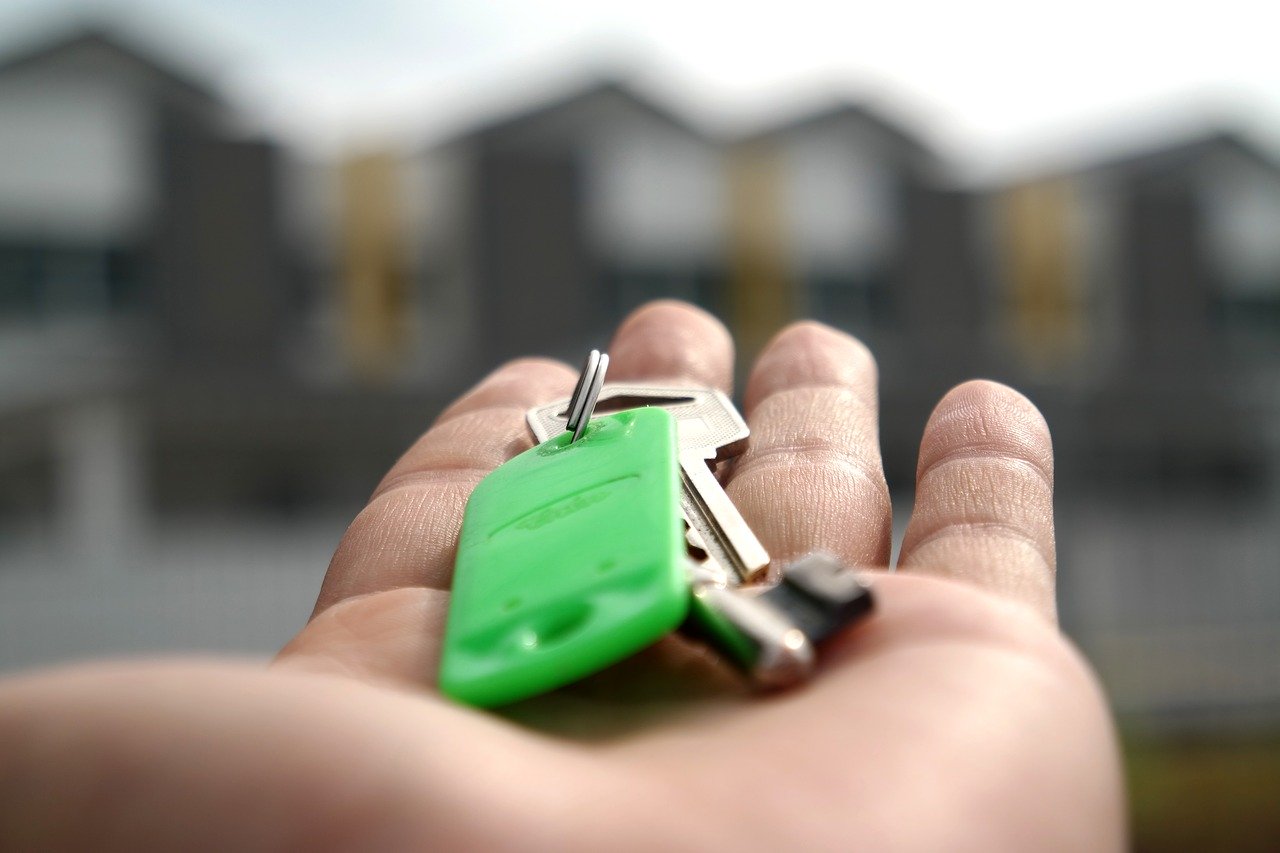Buying a home can be overwhelming, whether you are a first-time home buyer or an experienced one. Here are the steps from thinking about owning a home to the closing table for a financed transaction! I am here to help you along the way, simply contact me!
1. Check Your Credit Score
If you are financing, this is the first step any potential home buyer should make. The higher your credit score, the lower the interest rate on your mortgage. There are lots of free or inexpensive resources for checking your credit score and report for accuracy. Credit Karma offers free credit scores, reports, and insights. Many credit card companies offer a free credit score and/or report, so check your credit cards for benefits you may have overlooked.
Credit Scores: The minimum FICO® Score required to qualify for a conventional mortgage is typically about 620. You can get an FHA mortgage with a FICO® Score as low as 500, but applicants with scores ranging from 500 to 579 must make a down payment of at least 10% to qualify. Applicants with credit scores of 580 or greater can qualify with a down payment as low as 3.5%. Issuers of VA loans have some discretion in setting minimum credit score requirements, but they may accept applications from borrowers with FICO® Scores as low as 620.
2. Start Saving for a Down Payment
Depending on the type of loan for which you qualify, you may need from 3.5% to 20% of the purchase price for a down payment. The get the best mortgage rate, plan to put down around 20% of the purchase price. But you can put down less than 20%. The minimum down payment required for a house varies depending on the type of mortgage.
- FHA Loans can require as little as 3.5% down.
- VA loans, for current and veteran military service members and eligible surviving spouses, usually don’t require a down payment.
Keep in mind, down payment requirements can also vary by lender and the borrower’s credit history.
3. Mortgage Preapproval
You will need a preapproval letter to starting to look at homes with a realtor. A preapproval letter shows sellers and real estate agents that you’re a serious buyer and shows the amount of your buying power, as well as the type of loan for which you qualify. Having this letter on the front end helps the process by preventing you from falling in love with homes that are out of your price range or loan requirements. Need a lender? I have a list of mortgage loan officers who some of my clients have worked with that I am happy to share!
4. Start Looking at Homes
The fun part of home buying now begins! I will set up an MLS search for you that matches everything you are looking for in a home: 4 bedrooms, 3 bathrooms, a 2 car garage with a fenced-in yard in a particular school district. We can select almost anything as a part of your search! I will begin sending you email notifications when homes are listed for sale and we will schedule showings as properties you would like to see come up.
5. Make an Offer on a Home (Buyer Cost: $500-$5,000)
Next, we will work together to make an offer once we find a home you want to purchase. We can write up and sign the contract in person or electronically. I will then submit the offer to the seller’s agent. The sellers can accept, counteroffer, or reject your offer. When the contract is agreed upon, the realtor will finalize the contract. Earnest money is a deposit you put down with your offer on a house to show good faith. The earnest money will be credited towards the sale. 1% of the purchase price is the standard amount of earnest money to submit with your offer.
6. Submit Your Mortgage Application to Your Lender
Your lender will guide you through this process, but you should be prepared to provide some financial paperwork. Some items you will need to have ready will be: W-2 forms and federal tax returns from the past two years, Pay stubs from the past 30 days, Proof of other sources of income, Recent bank statements, Details on long-term debts, and your ID and Social Security number.
7. Have a Home Inspection (Buyer Cost: $350-$600)
A home inspector checks out the house from top to bottom to determine if there are any problems with it that might make you think twice about moving forward. The buyer pays for the home inspection in Alabama, as we are a “buyer beware” state. Expect the pay around $350-$500 for a home inspection, out-of-pocket. Next, we will receive the inspection report. At this point, we can choose to request any needed repairs be done by the seller, negotiate the price further due to inspection findings, or choose to accept the home in its current condition.
8. Your Lender Will Order an Appraisal (Buyer Cost: Around $650)
Another important part of home buying is the appraisal. The appraiser checks out the house to make sure it’s a good investment. He/she will investigate the condition, the square footage, location, and any additions or renovations to determine the home’s specific value. If you are buying with cash, having an appraisal is totally up to you. Expect to pay around $650 for an appraisal. Sometimes this cost is rolled in with closing expenses and sometimes the lender requires it to be paid out-of-pocket. Discuss this with your lender.
9. Additional Inspections (Buyer Cost: Varies)
Other inspections to consider are a property survey, septic or sewer inspection, and a termite inspection. Some lenders may require additional inspections. Each of these types of inspection will carry its own cost. Surveys and termite inspections are usually rolled in with closing, while sewer or septic inspections are usually paid out-of-pocket by the buyer. It is your duty as the buyer to conduct any and all inspections that you wish.
10. Final Walk-Through
Around a week before closing, we will schedule a final showing of the property. The goals: to ensure the property’s condition hasn’t changed since your last visit, that any agreed-upon repairs have been made and that the terms of your contract will be met. At this point, you should have received a preliminary settlement statement from the closing attorney to review the preliminary numbers.
11. Closing Day
Perhaps the most anxiety-causing part of the home buying process is the closing day! But, really, it’s a group of people sitting around a conference table signing paperwork. Make sure to bring your valid I.D., funds needed to close, and anything else your agent or lender has instructed you to bring. Closing is the day you officially get the keys to your new home and pay all the various parties involved. That will include your down payment for your loan, plus closing costs, and the extra fees you pay to process your loan. Congratulations!



